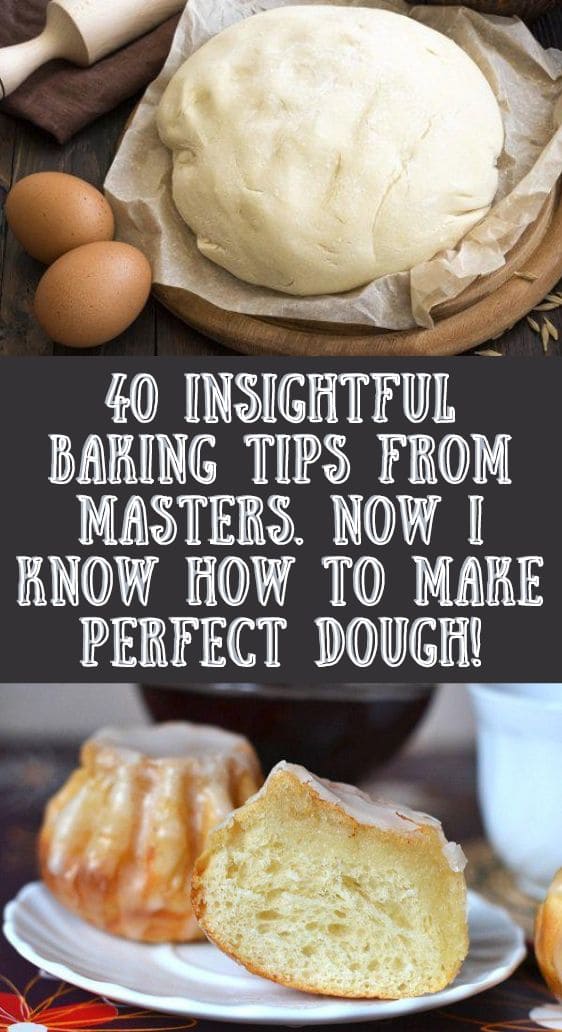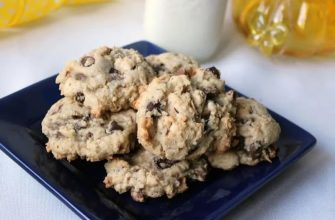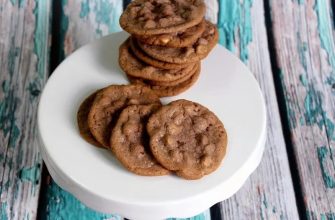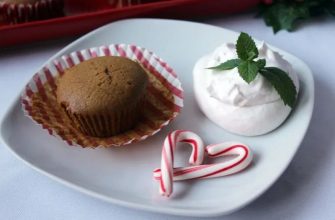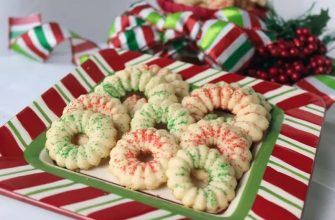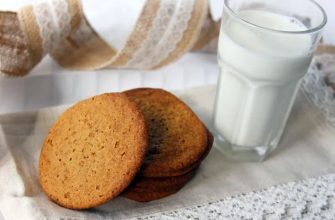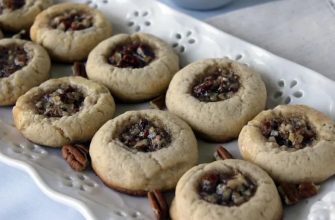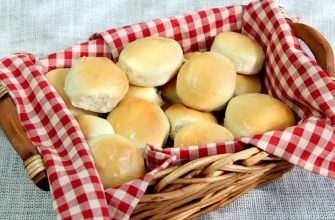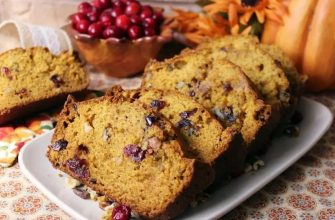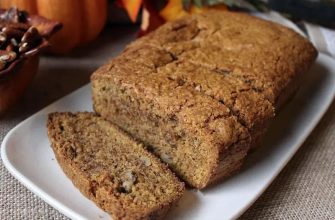Welcome to the world of baking wisdom! Unlock the secrets of perfect baking with these 40 tips straight from the masters. Whether you’re an experienced baker or a novice in the kitchen, these insights will elevate your baking skills to a new level. From airy and soft sponges to rich and crispy pies, these tips cover the entire spectrum of baking techniques. Let’s dive into the world of delightful aromas and divine textures!
Sponge Dough:
- If egg whites are not beating well, there may be a yolk in them. Start over with different whites, carefully ensuring the yolk is separated. Egg whites may also beat poorly if sugar is added too early. In this case, beat the whites over a water bath.
- If the sponge is too dense and the dough doesn’t rise well in the oven, there could be several reasons. Poorly beaten ingredients and too much flour usually lead to this unfortunate result. Additionally, avoid keeping sponge dough for too long before transferring it to the oven. Ensure the oven is well preheated before placing the dough inside.
- To ensure the sponge bakes well, it needs to be baked at a moderate temperature. Baking at too high or too low a temperature will likely result in an unsuccessful, possibly undercooked sponge.
If the sponge is difficult to remove from the mold, the issue may be with an old and uneven mold. Don’t forget to thoroughly grease the mold with butter and sprinkle flour on top. - If there’s too much sugar in the dough, the sponge may also have difficulty separating from the mold. Follow the recipe closely, and baking issues will be much less frequent!
- If the sponge collapses after you take it out of the oven, it means it’s underbaked. Check the readiness of the cake layer with a matchstick before removing it! The sponge may also collapse further in the oven if baked at too high a temperature.
- To prevent the sponge from crumbling, cut it with a very sharp knife.
- Cool the sponge at room temperature before removing it from the mold. It will be easier to remove the sponge, as well as any other type of dough, if you place the mold, just removed from the oven, on a wet cloth. When the mold cools down, the product will easily come off!
Cake Dough:
- If the dough separates when adding eggs, there may be too many eggs. Ensure that the butter and eggs you mix are at the same temperature. Continue beating the dough until it reaches the desired consistency.
- If the cake doesn’t rise in the oven, most likely, the butter and sugar are poorly beaten. Another possibility is that the butter melted during dough kneading.
- If the cake is dense and sticky, there is either too much flour or liquid in it. Eggs mixed into the dough without beating can also cause this effect.
Puff Pastry Dough:
- If the butter and flour crumb sticks together, place the dough in the refrigerator — the butter will cool, and nothing will stick together.
- If the dough is too sticky, add a little flour and refrigerate briefly.
- If the dough crumbles, it indicates a lack of liquid. Add water one teaspoon at a time, carefully moistening dry spots. If the products are dry and hard — they were baked too long. Keep an eye on the time and make sure the butter doesn’t melt during dough kneading!
Cottage Cheese Dough:
- If the dough is too soft and sticky, you probably used moist cottage cheese. Add flour or semolina to correct the situation. If the dough crumbles — not enough liquid.
Shortcrust Dough:
- If the dough is too soft, you need to add more flour.
- If the dough crumbles, there could be several reasons. Lack of butter, insufficient liquid, and too cold butter can spoil shortcrust dough. Don’t forget to heat the butter to room temperature before kneading the dough!
- If the liquid filling has not thickened, it’s possible that the baking temperature was too low, there’s not enough egg and starch in the filling, or the product didn’t have time to cook completely.
- If the cookies are burnt, carefully remove the burnt layer with a grater, then dust the cookies with powdered sugar.
- If you store pies on a ceramic dish, covering them with a natural fabric napkin, they will retain their fluffiness and freshness for longer.
- You can perfectly glaze by melting chocolate candies and mint candies, mixing them with a few tablespoons of water or milk.
- Bake deliciously and beautifully — it’s an affordable pleasure. Even if you bake infrequently, do it well. Our tips will undoubtedly help you become a master, and the appearance and taste of what you bake will be magnificent. Try it, and you’ll succeed!





